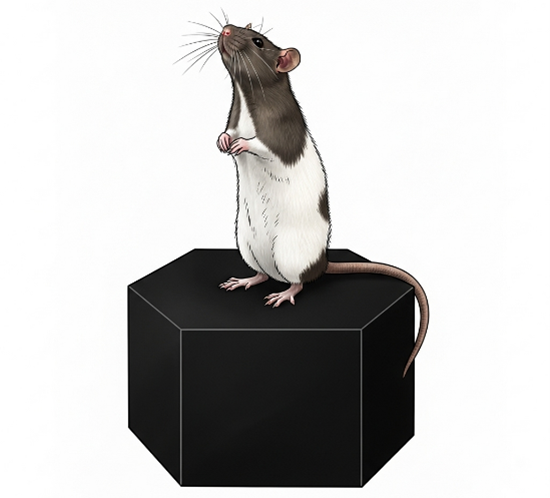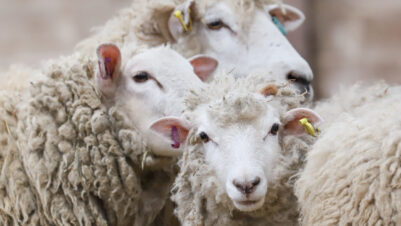
A new study from the Royal Veterinary College (RVC) has revealed that sensory monotony can induce boredom-like behaviour in rats, as happens in humans. These findings could have implications for animal training, animal welfare and for understanding what happens when humans get bored of doing the same task.
There is growing evidence that suggests animals, like humans, can become bored when faced with repetitive or under-stimulating environments. Signs of boredom in animals often appear as a mix of fidgety restlessness and listless disengagement. This has previously been determined through research in which animals are kept in barren enclosures with little to do, but animal boredom had not yet been researched during active tasks.
Therefore, the RVC team, led by Dr Charlotte Burn, associate professor in animal welfare and behaviour science, set out to investigate how signs of boredom may present while doing a monotonous task in a physically enriching environment.
To do this, the team investigated whether a lack of sensory variety during a foraging task would trigger boredom-like behaviour in rats – for example, restless sensation-seeking, such as exit-directed behaviour or jumping; and drowsy behaviour such as standing still, yawning, or task disengagement. Furthermore, the team wanted to see whether introducing variety, such as different sights, smells and tastes, might help keep the rats more mentally engaged.
The researchers tested 20 rats in two different versions of a foraging task – one repetitive and monotonous, the other rich in variety. The rats searched bowls for a food reward hidden within a digging material, such as clay pebbles, woodchips and pet sawdust. A new pair of bowls was presented every two minutes during a 20-minute session. In the monotony condition, the reward flavour, digging material and other features remained consistent each time, whereas the variety condition introduced new combinations of flavours, digging materials, and other sensory features. The nutritional and physical aspects of the two versions of the task did not differ, and behavioural responses were observed in a treatment-blind and randomised order.
The research revealed that rats contacted an exit platform significantly more in the monotonous scenario than in the varied version, as predicted. However, no significant differences were seen in drowsiness or the other behaviours recorded. There are several possible explanations for the lack of drowsiness, but the most significant is that the task might only have been long enough to provoke the early signs of wanting to be relieved of the monotony and not long enough for the rats to experience the drowsiness associated with ongoing boredom.
It is interesting that the rats showed less exit-directed behaviour when they experienced sensory variety because it highlights that animals, like humans, benefit from mental stimulation to help keep them engaged in repetitive or prolonged activities. These findings demonstrate the importance of providing a stimulating environment for pets, including rats.
Dr Charlotte Burn, associate professor in animal welfare and behaviour science at the RVC, said: “Rats enjoy foraging, but the findings confirmed to me the complexity of animal needs. They seek to escape monotony, suggesting that it compromises their well-being, similar to us in boring situations.
“For anyone keeping rats or other animals, these findings are a reminder to offer interesting environments and opportunities for them. As long as animals have choice whether to engage with new things or not, they might really benefit from the chance to learn a rewarding task or to play with some safe and varied new toys. Variety is the spice of life, after all.”






